This El Nino is forecasted to last up to 90% until 2024 and is likely to be strong, with widespread and severe heat and drought. In Vietnam, many places are forecast to have a 20-50% rainfall deficit, accompanied by extreme weather events. According to many experts, El Nino or La Nina phenomena repeat in cycles, so we must learn to live with them, even effectively exploiting the advantages of nature and our commodity chains.
Rice and coffee have high export prices.
In the last days of May, the export price of 5% broken rice from Vietnam approached the 500 USD/ton mark, many people said that this was a historical price. However, by the second half of June, the price of rice continued to increase by 10 USD to 508 USD/ton. Similarly, 25% broken rice reached 483 USD/ton, 10 USD higher than the selling price of 5% rice from Vietnam in February 2023. Compared to the beginning of the year, the price of rice has increased by an average of 30 - 40 USD/ton.
Also experiencing a fever like rice, in mid-June 2023, coffee prices in the Central Highlands provinces were around 64,000 - 65,000 VND/kg, a price that many in the industry called "historic and unimaginable". By the beginning of this week, prices continued to increase, reaching 65,500 - 65,800 VND/kg. Some businesses even accepted 70,000 VND/kg to buy to pay for signed contracts. On the two major trading floors, London (UK) and New York (USA), prices continued to increase despite being at a historical high in the past 12 - 15 years. Some businesses informed that in the Vietnamese market, the price of new crop coffee at the end of this year was offered up to 52,000 - 53,000 VND/kg - normally, farmers are very satisfied with the price of 47,000 - 48,000 VND/kg.
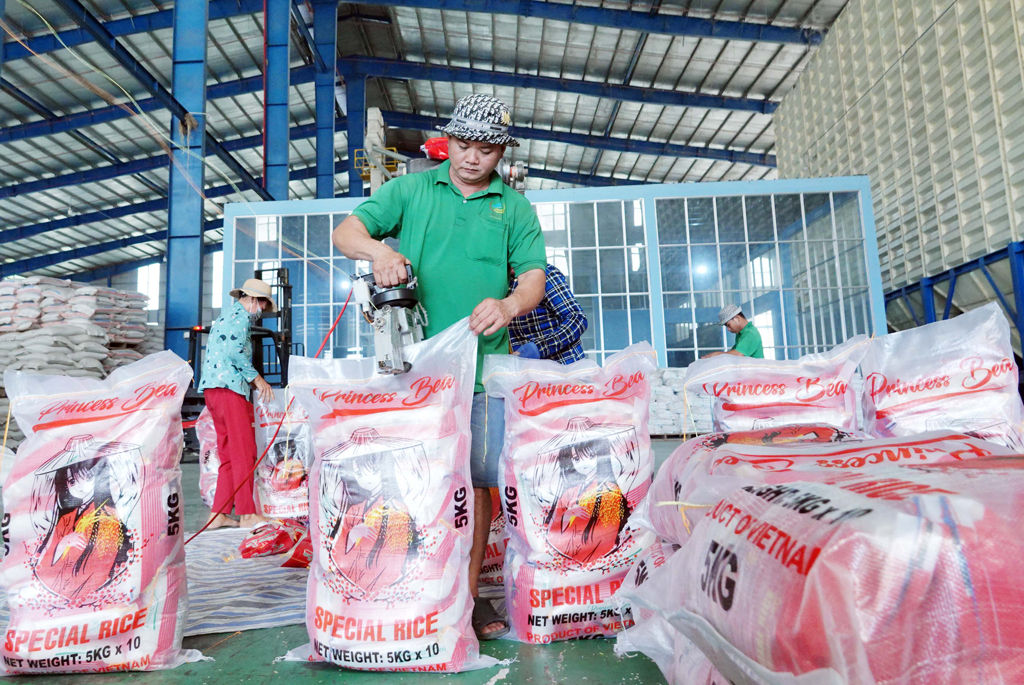
Vietnam's rice and coffee export prices at record highs
Mr. Do Ha Nam, Chairman of the Board of Directors of Intimex Group and Vice Chairman of the Vietnam Food Association (VFA), commented: From now until the end of the year, rice and coffee prices will continue to increase. Of which, rice prices are already high so they will increase but not much, but it is impossible to predict how much coffee prices will increase because this market has many complicated factors. These are the two commodities with the strongest price increases this year due to a shortage in supply and high demand.
Specifically, with coffee, Brazil is in the harvest season but still does not have enough goods to deliver. As for Vietnam's rice, just counting the demand from traditional customers such as the Philippines, China, Indonesia, Malaysia... is estimated to increase by more than 1 million tons. Countries are increasing their purchases and food reserves because they are concerned about the negative impact of El Nino, which will make supply even more scarce in the coming time. "With such good prices as now, farmers will boost production. Besides, Vietnam's big advantage is using short-term varieties, so production and export activities will be favorable," said Mr. Nam.
Aquaculture is affected by many factors.
On the contrary, the seafood industry is greatly affected by extreme weather phenomena. Dr. Ho Quoc Luc, former Chairman of VASEP, Chairman of the Board of Directors of FIMEX VN Company, analyzed: During the two El Nino events, the shrimp industry faced major epidemics. In 2015, there was acute hepatopancreatic necrosis disease. In the 2019 El Nino, there was microsporidia. Whether this is just a coincidence or whether there is a close connection requires further research. But as we know, each time El Nino occurs, ocean currents change the living environment of coastal aquatic life, which can reduce or increase different aquatic life, including bacteria.
On the other hand, when El Nino occurs, salinity will certainly penetrate deeper and this leads to two scenarios: For shrimp, the farming area can expand and production will be favorable. On the contrary, the impact on pangasius farming areas is slow growth, even the meat color is not as expected. In 2019, some fish farming areas had to move upstream. If this El Nino is more severe than 2019, the impact will be much greater. This is something that fish farmers need to pay attention to and prepare to respond to. "El Nino has many other profound impacts, for example, the marine fishing industry can be affected by fish migration... We need to predict and plan situations to "avoid" the impacts in time and seize the opportunity," Mr. Luc recommended.
Proactive adaptation
MSc. Nguyen Huu Thien, an expert on Mekong Delta ecology, stated: "El Nino has begun. We do not know how strong it is yet, but the agricultural sector and farmers should start closely observing the situation to be able to respond promptly." In the immediate future, for upstream flood areas such as the Long Xuyen Quadrangle and Dong Thap Muoi, investment in crops and livelihoods based on the upcoming flood season should be cautious, with a high possibility of low floods. In the 2024 dry season, the main problem will be the risk of severe drought and salinity in coastal areas and a series of consequences that follow.
Remember that El Nino occurred in the rainy season of 2015, causing very little rainfall in the Mekong basin and very low flood season in 2015. In the dry season of 2016, the Mekong River was very weak, at that time the hydropower plants stored water to generate electricity intermittently, causing severe drought and salinity, causing damage to 160,000 hectares of coastal dry season rice. That proves that the salt prevention project is not very effective in years of extreme drought and salinity like that.
"The best way to adapt is to proactively avoid drought and salinity by adjusting the crop calendar based on the experience of coastal provinces in the 2020 dry season. Coastal communities need to proactively store fresh water for daily activities in the 2024 dry season," Mr. Thien recommended.
Mr. Nguyen Nhu Cuong, Director of the Department of Crop Production (Ministry of Agriculture and Rural Development), commented: For Vietnam, the Mekong Delta is the region most seriously affected by climate change as well as weather phenomena in general. This is the most important agricultural production area in Vietnam and has great significance to the world. Therefore, the Department has also coordinated with relevant agencies and local authorities to conduct field surveys to have appropriate response plans. Based on the review of the impacts of the two recent El Nino events of 2015-2016 and 2019-2020, it will consider adjusting the area, variety structure, and crop season appropriately to avoid damage and ensure food for domestic consumption and export.
In addition to the key Mekong Delta region, the Department also established special working groups to develop response plans for the Red River Delta region and the Central Highlands provinces.
Mr. Nguyen Nhu Cuong , Director of the Department of Crop Production (Ministry of Agriculture and Rural Development)

Graphics: Ta Chi Hieu
Source link







![[Photo] Prime Minister Pham Minh Chinh chairs meeting on US imposition of reciprocal tariffs on Vietnamese goods](https://vstatic.vietnam.vn/vietnam/resource/IMAGE/2025/4/5/9b45183755bb47828aa474c1f0e4f741)
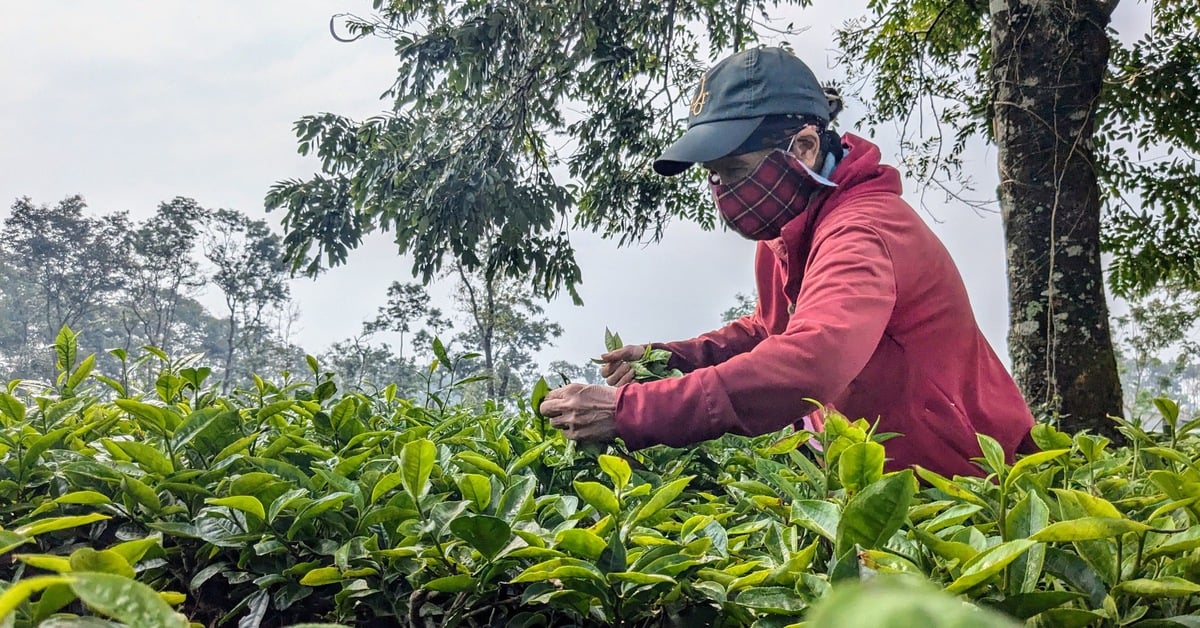

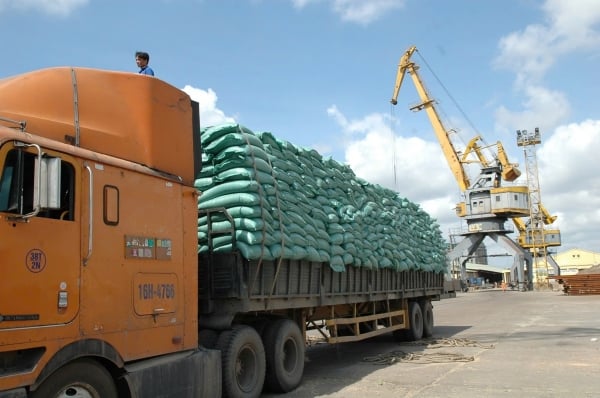



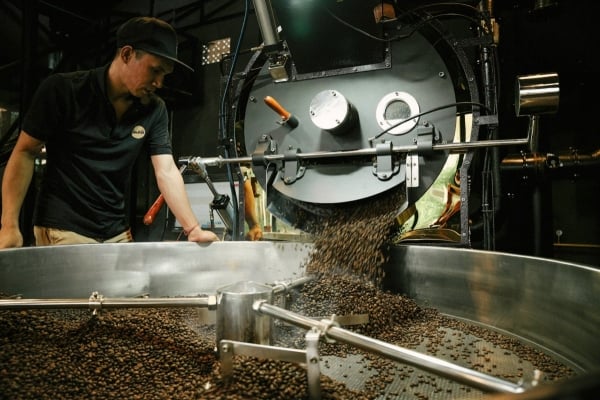



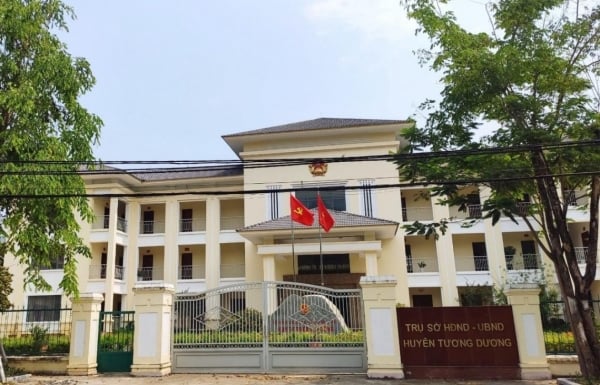




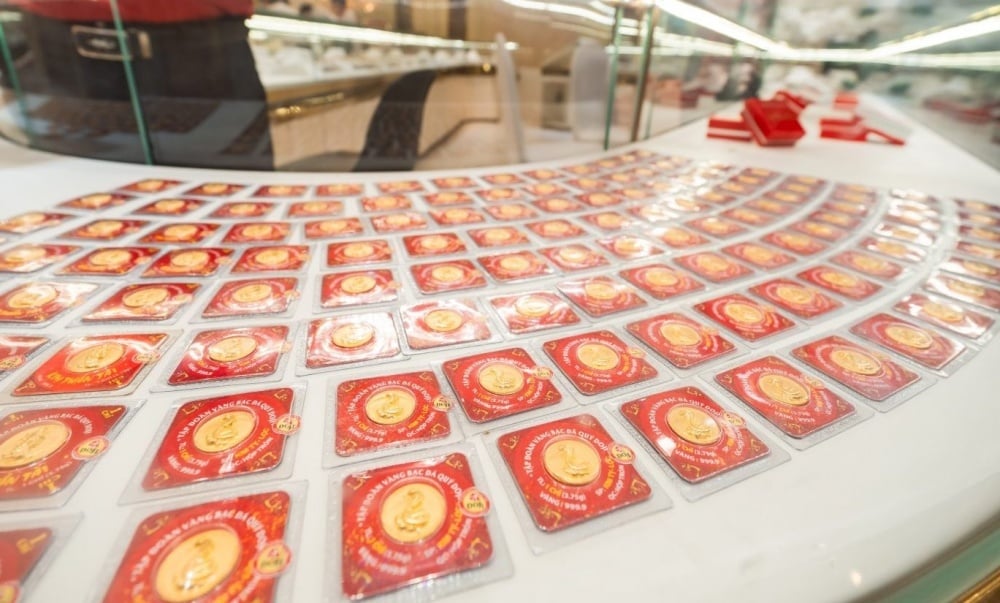




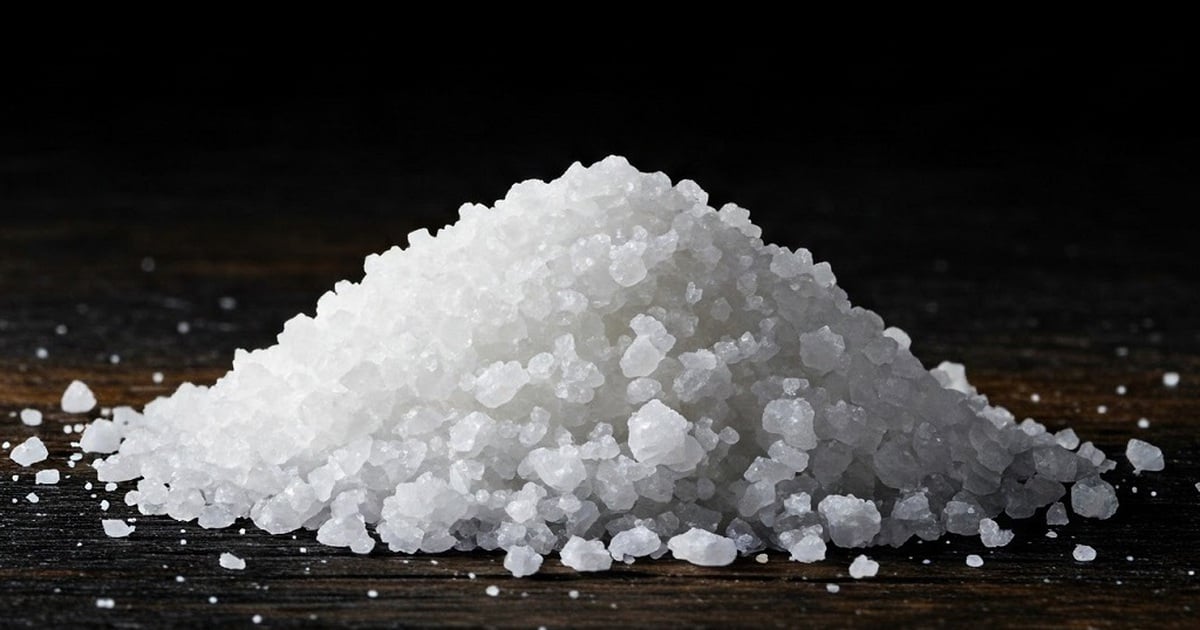


![[Photo] Dong Nai people warmly welcome the forces participating in the parade](https://vstatic.vietnam.vn/vietnam/resource/IMAGE/2025/4/5/ebec3a1598954e308282dcee7d38bda2)


![[Photo] Hanoi flies flags at half-mast in memory of comrade Khamtay Siphandone](https://vstatic.vietnam.vn/vietnam/resource/IMAGE/2025/4/5/b73c55d9c0ac4892b251453906ec48eb)







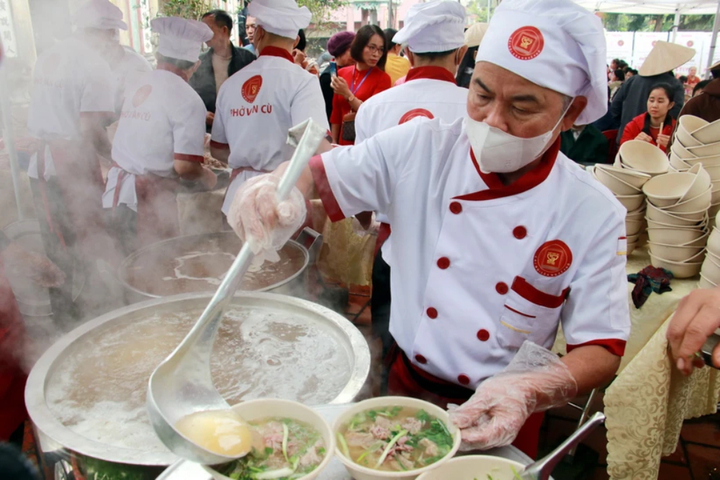





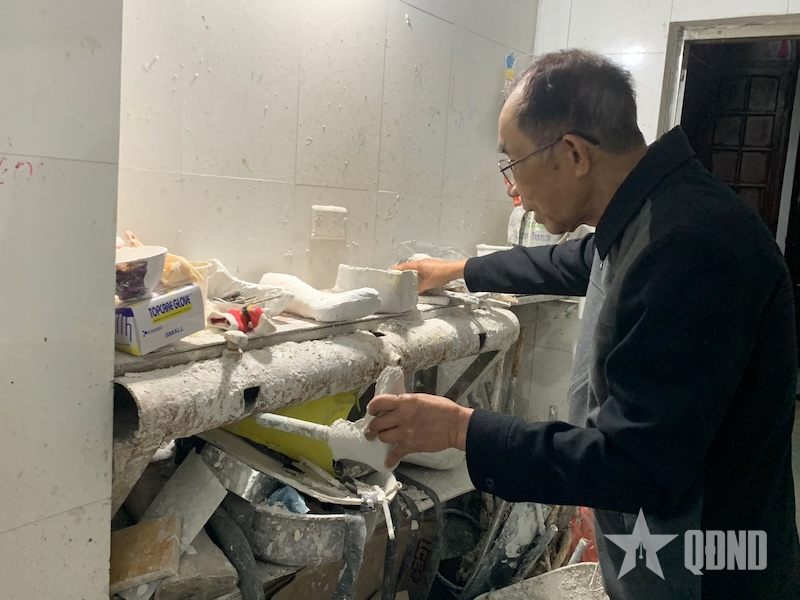






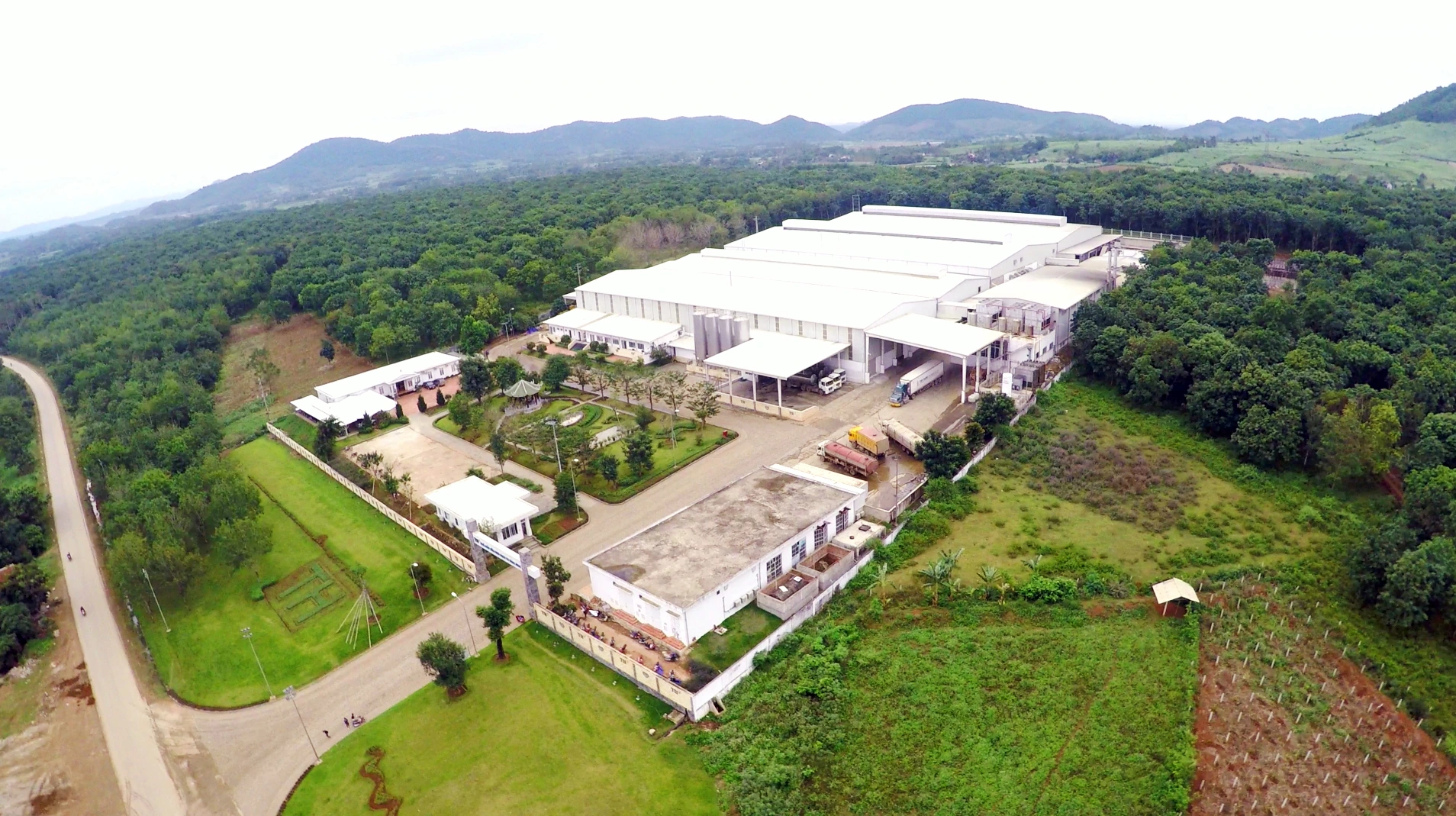







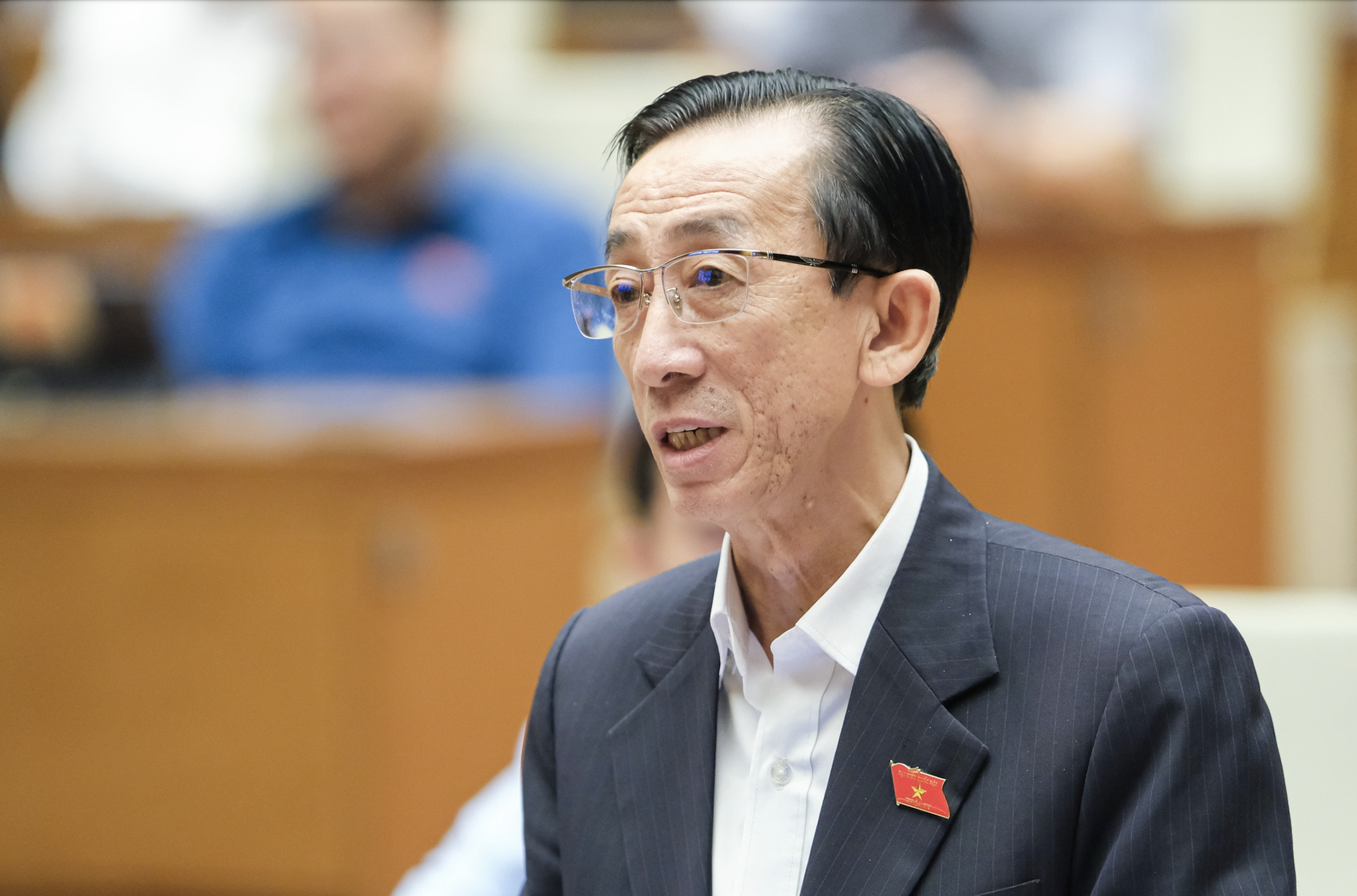

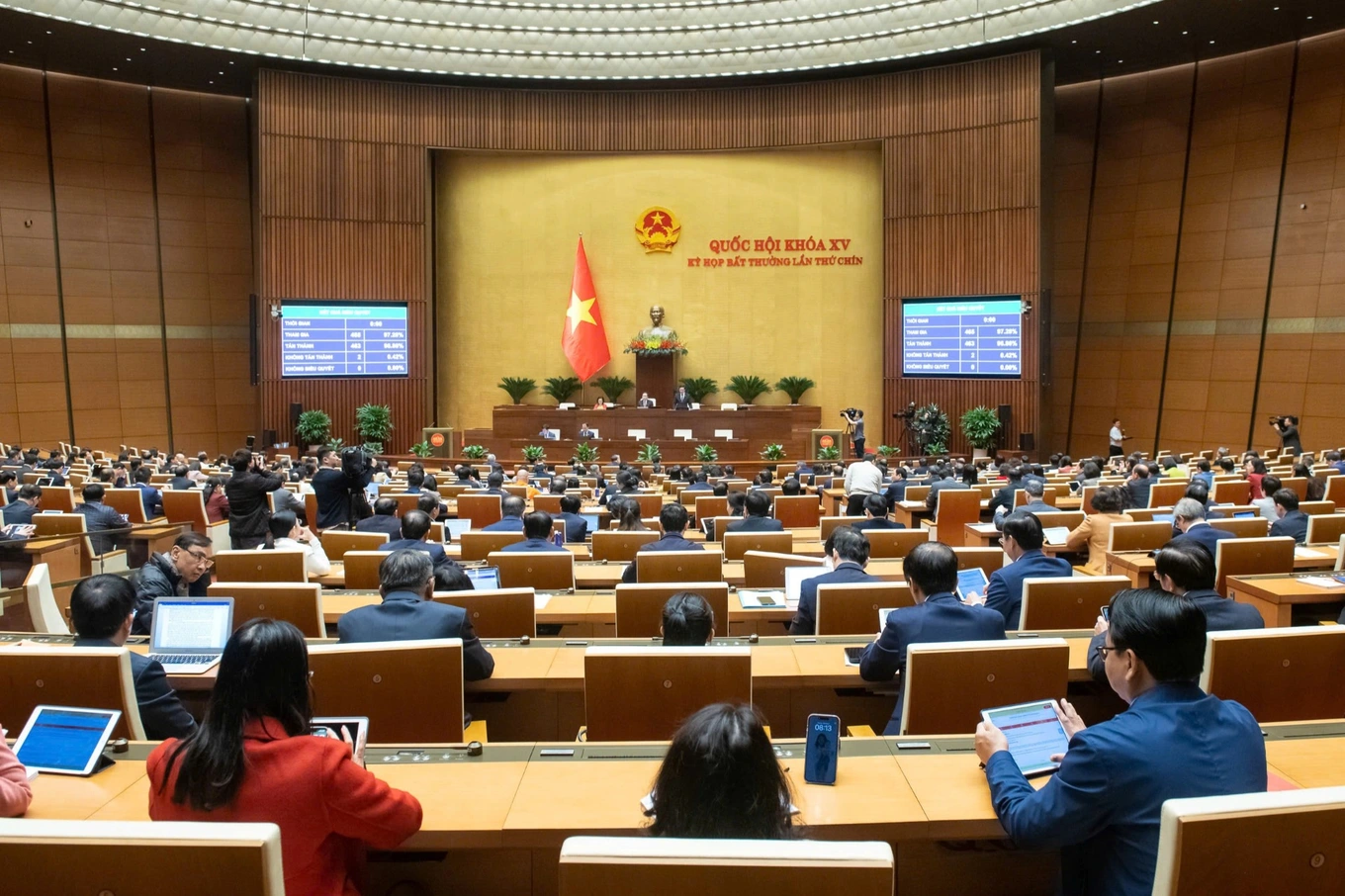






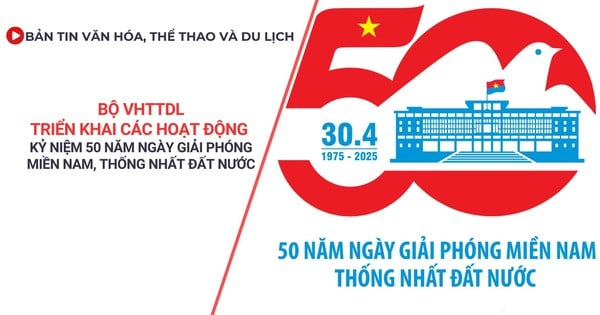










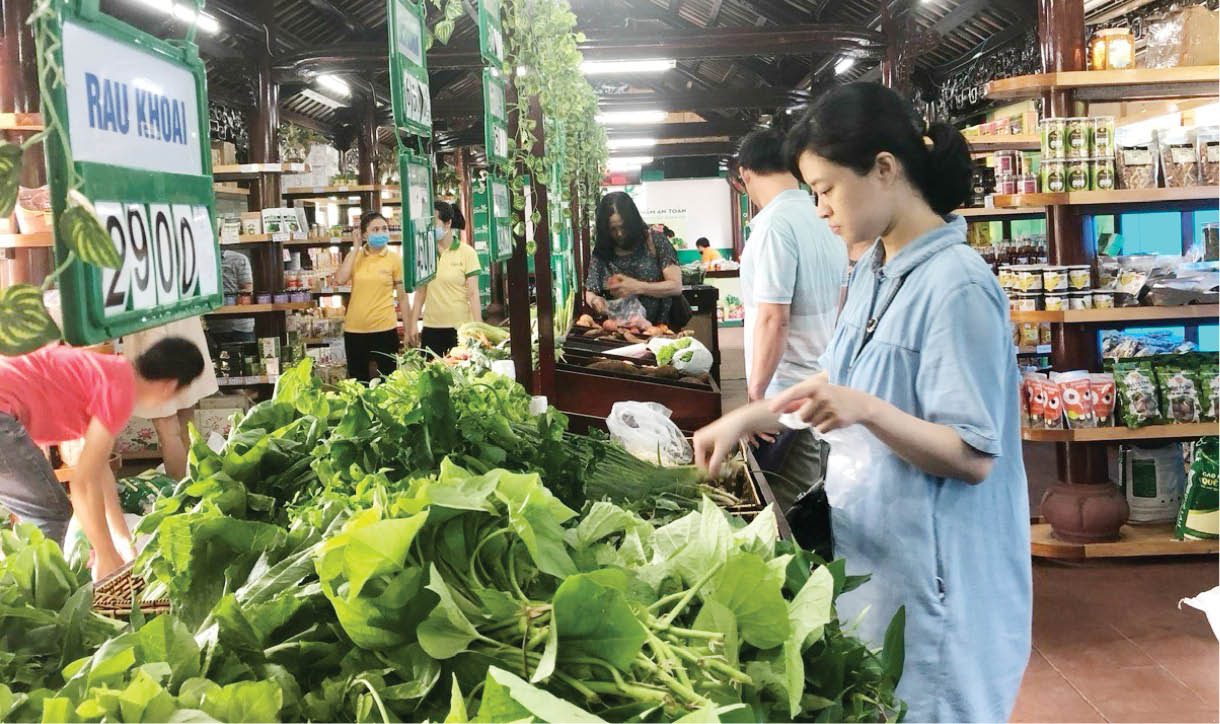


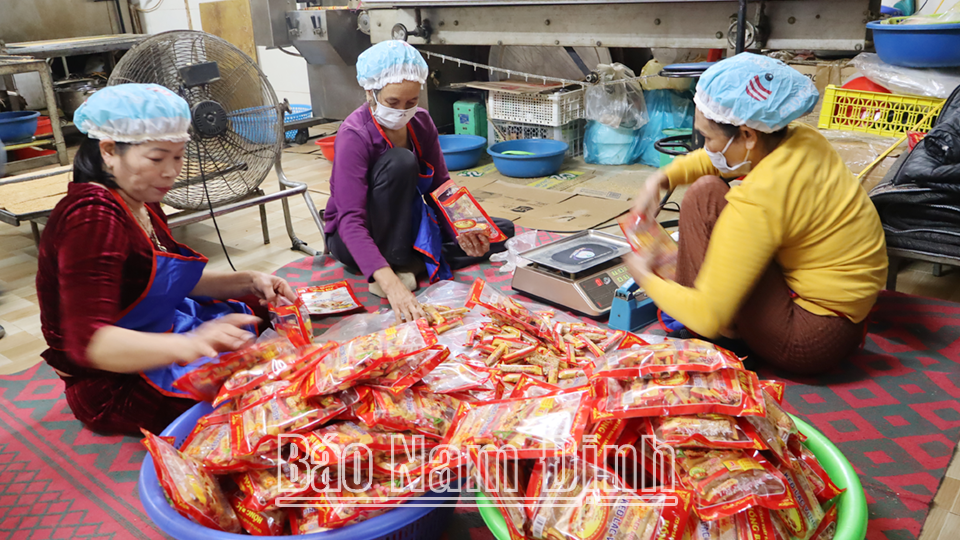

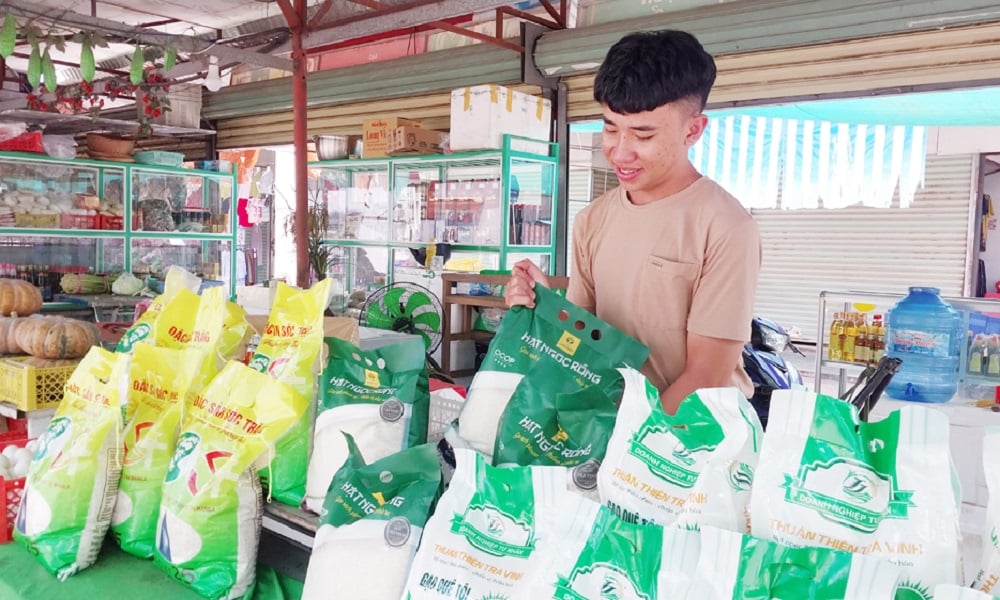
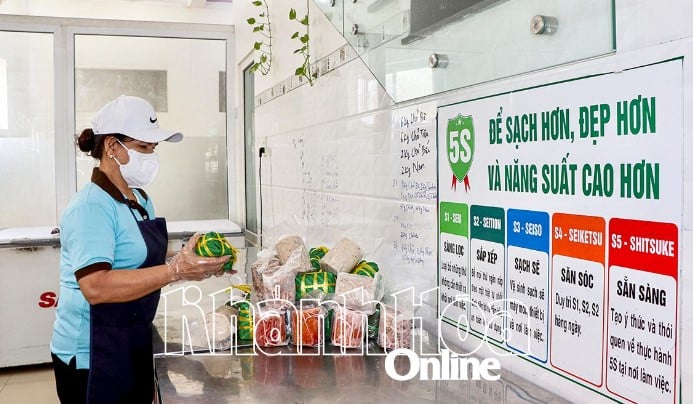

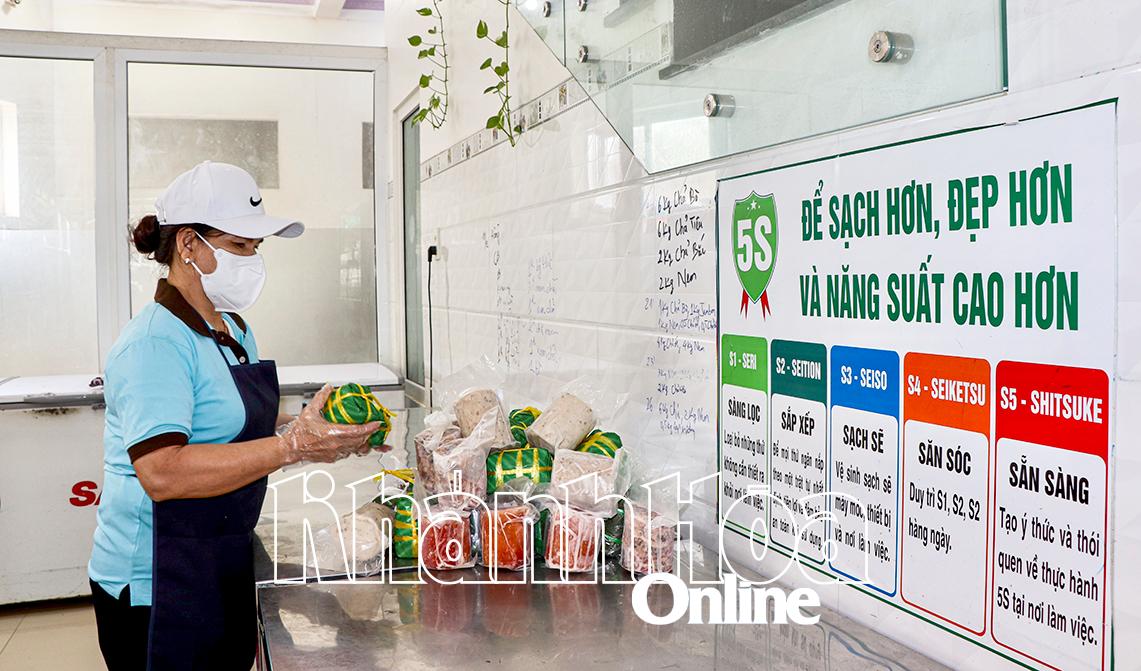
Comment (0)